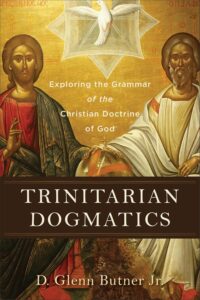
In my previous post, Salvation is Grounded in the Trinitarian Covenant of Redemption, I described how the plan of salvation which began with the “Father’s will” was then accepted for completion by the Son and fulfilled by the operation of the Holy Spirit raises a challenging question.1It should be noted the sequence is logical rather than temporal. “Given that any covenant is premised on a plurality of participants, doesn’t the theology of Covenant of Redemption” lead to the questionable doctrine of social trinitarianism or worse, the heresy of tritheism?” Continue reading “The Covenant of Redemption Does Not Entail Social Trinitarianism or Tritheism”
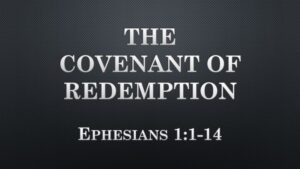

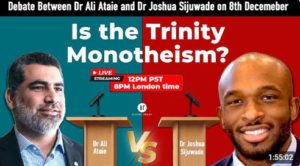
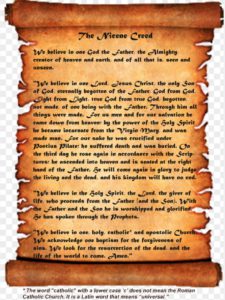


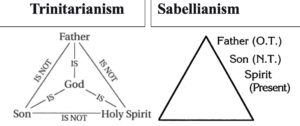
 Kairos Podcast 6: Early Heresies Part 2/6
Kairos Podcast 6: Early Heresies Part 2/6